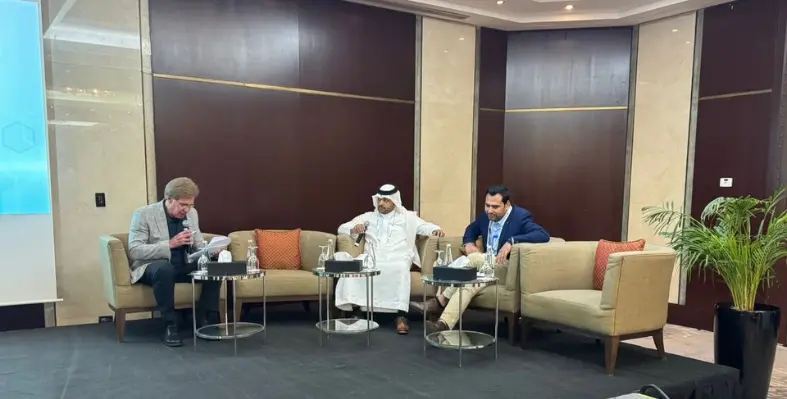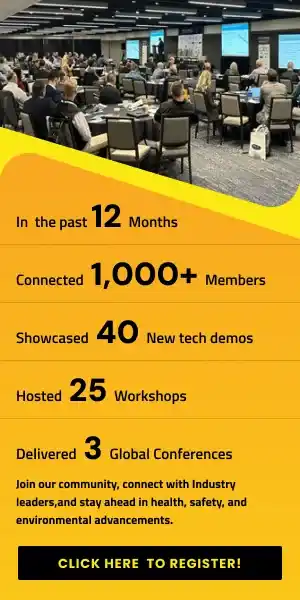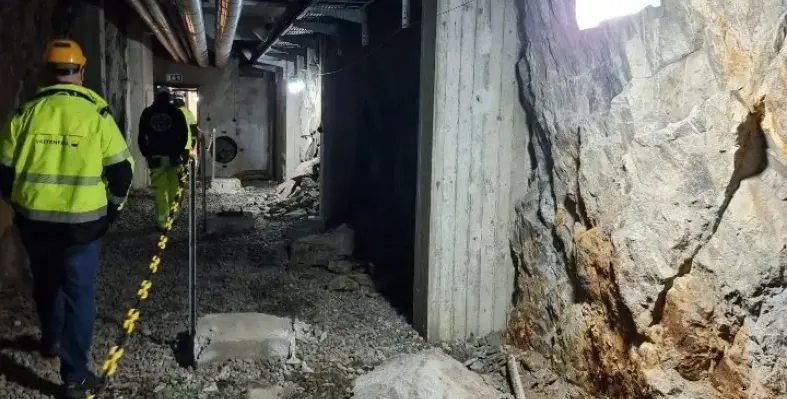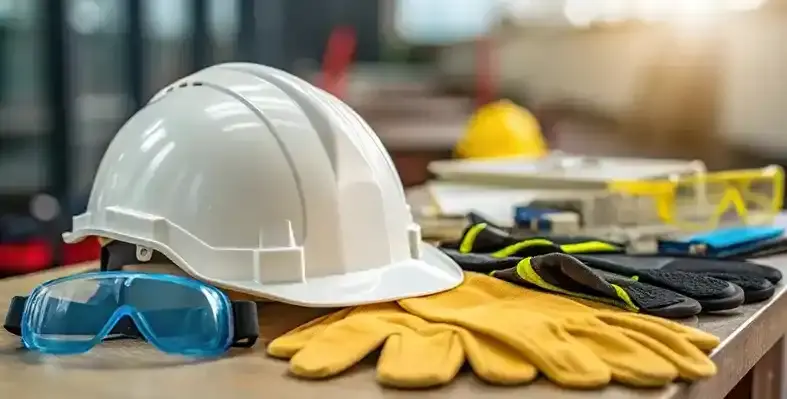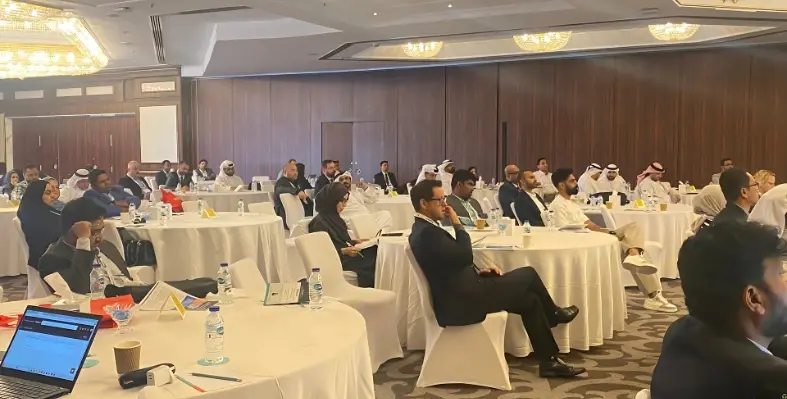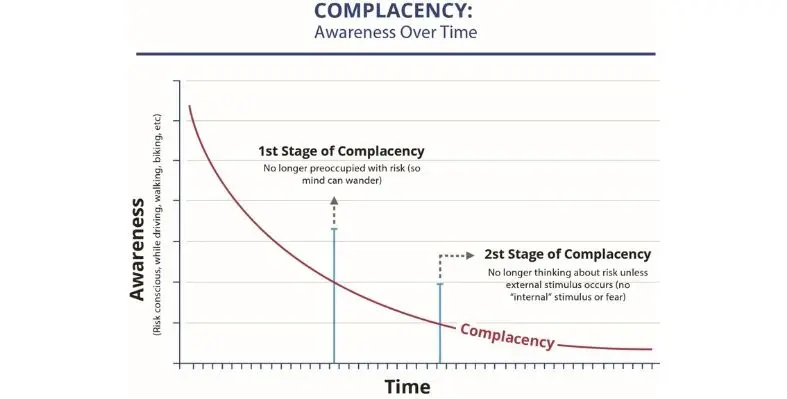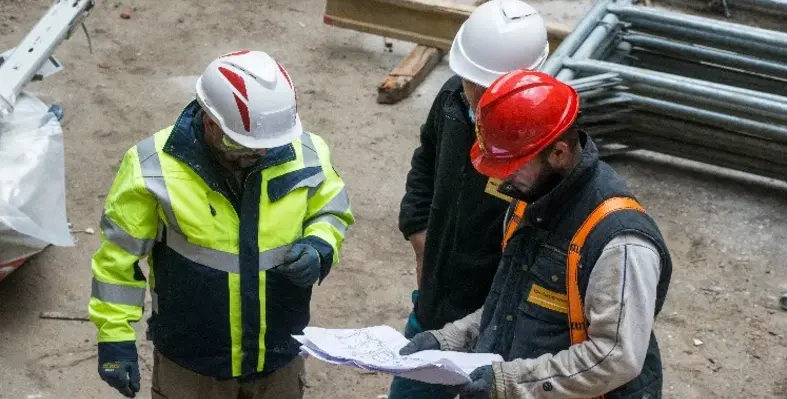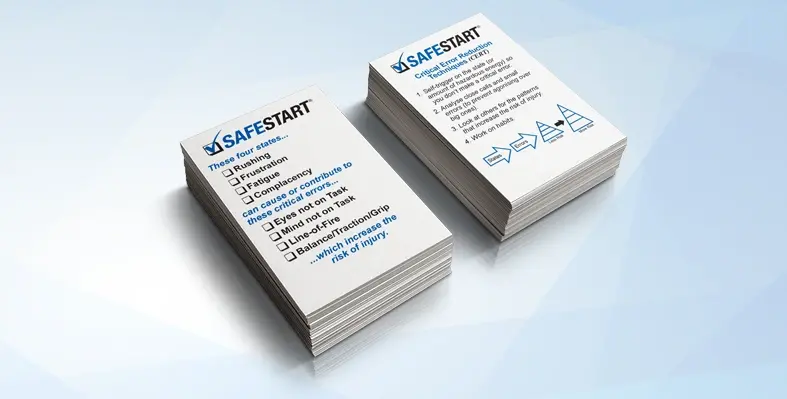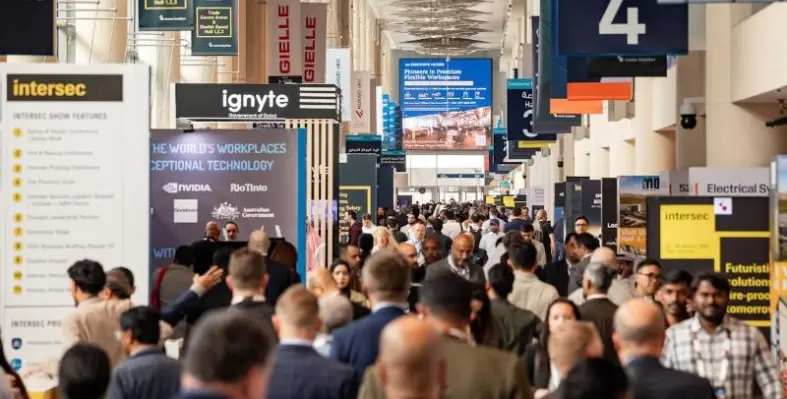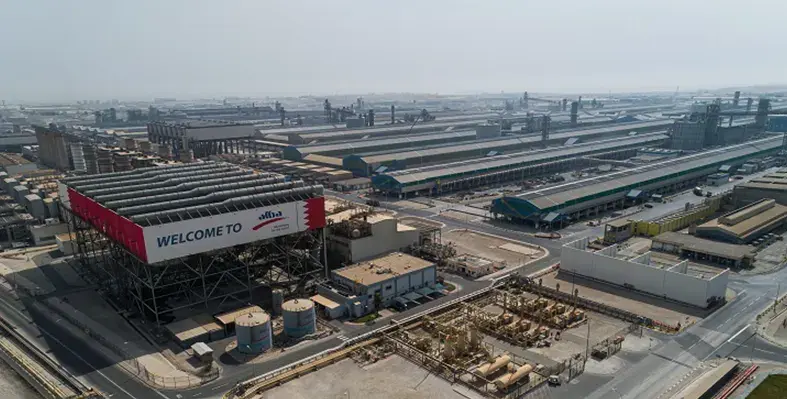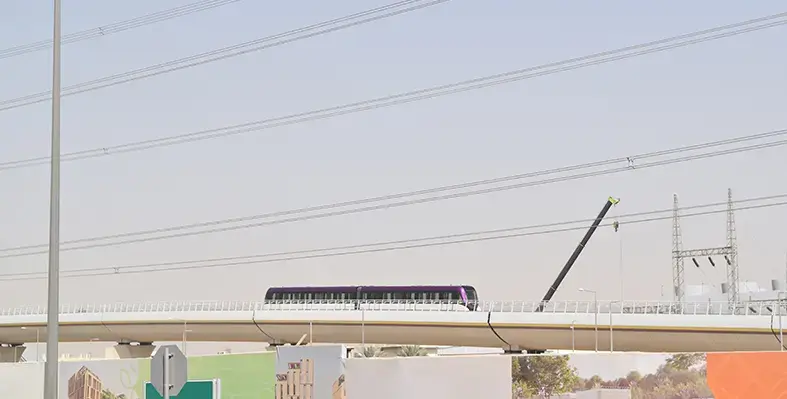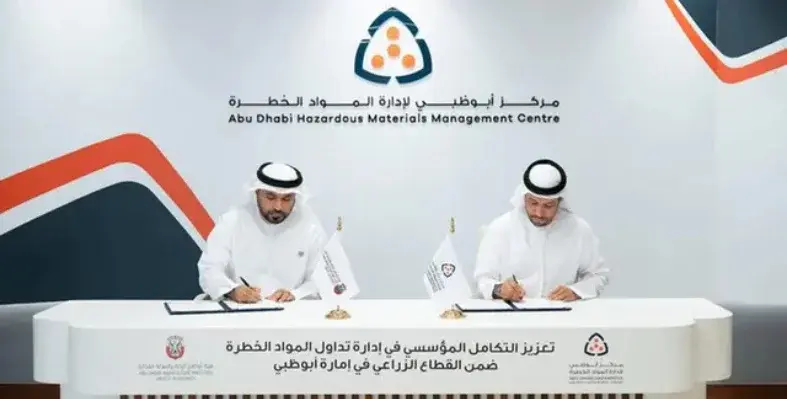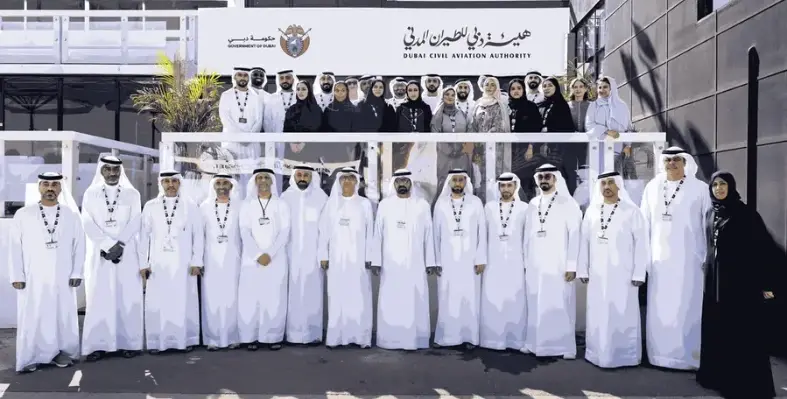At the recent HSE KSA Forum in Riyadh, industry experts engaged in a powerful dialogue about transforming workplace safety culture. The panel discussion offered profound insights into creating holistic approaches to employee well-being and safety engagement.
HSE Manager Mubarak Rashed set the tone early, quoting, "Coming together is a beginning, keeping together is progress. Working together is success." This philosophy underscored the panel's collaborative approach to safety management.
The conversation centered on three critical aspects of safety management: prioritising employee welfare, enhancing engagement, and developing effective leadership strategies. Larry Wilson, CEO of SafeStart emphasised the importance of understanding an organisation's current safety culture, noting, "You have to start with where you are now. Where you are now may not be ideal, but that's where you have to start."
Syed Mazhar, director HSSE Department at AlBawani, shared practical implementation strategies from his experience at the company. He introduced innovative engagement methods like monthly HSE pulse surveys available in multiple languages. "We have 20,000 people in our company," he explained, "and we apply monthly HSE pulse assessment surveys in seven different languages to ensure comprehensive feedback."
The panel developed comprehensive strategies for workplace safety. They introduced a supervisory HSE training program that initially revealed significant knowledge gaps, with 80% of supervisors failing the first assessment. By implementing translator support, practical assessments, and a buddy system, they transformed supervisor capabilities.
Mental health emerged as a crucial component. The experts shared examples of supporting employees through challenging situations, from providing mental health sessions after traumatic incidents to creating recreational opportunities that help workers recover and reconnect.
Transforming safety culture
A key breakthrough was integrating safety performance into performance evaluations, with 10-20% of increments tied to safety metrics. The approach goes beyond traditional compliance, focusing on creating an environment where employees feel genuinely valued.
The panel unanimously agreed that changing safety culture requires patience. Behavioral change doesn't happen overnight. Leaders must provide consistent support, create accessible communication channels, and demonstrate genuine commitment to employee well-being.
Accountability was another significant theme. The discussion challenged traditional blame-based approaches, advocating instead for a collaborative model where responsibility is shared across leadership levels.
The panel's most powerful message was simple yet profound: creating a strong safety culture is about seeing employees as whole individuals. It is not just about preventing accidents, but nurturing an environment of care, respect, and continuous improvement, the panel said.
For organisations seeking to transform their safety culture, the key takeaways are clear: listen to employees, provide comprehensive support, invest in training, create meaningful engagement channels, and lead by genuine example.
As Saudi Arabia continues to evolve its industrial landscape, these insights from HSE leaders offer a blueprint for building safer, more resilient workplaces that prioritise human potential and well-being.
The discussion concluded with a shared commitment to continuous improvement, demonstrating that effective safety culture is an ongoing journey of learning, engagement, and mutual respect.




